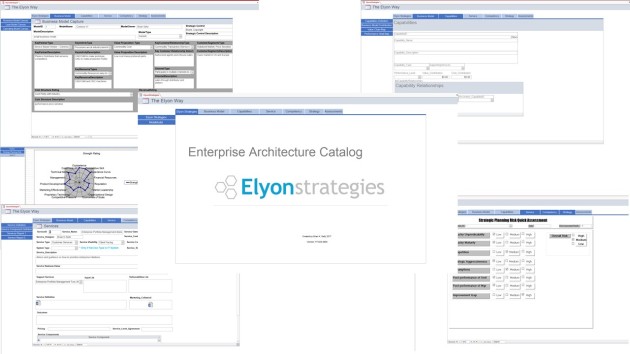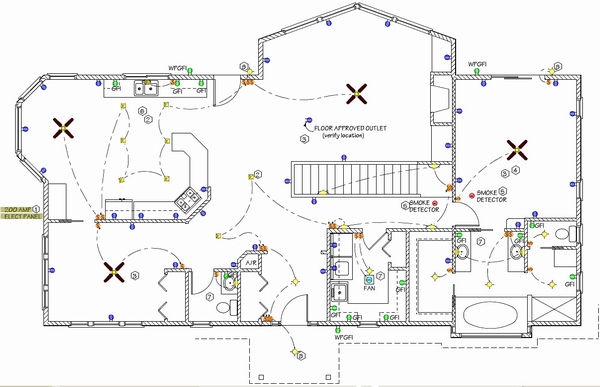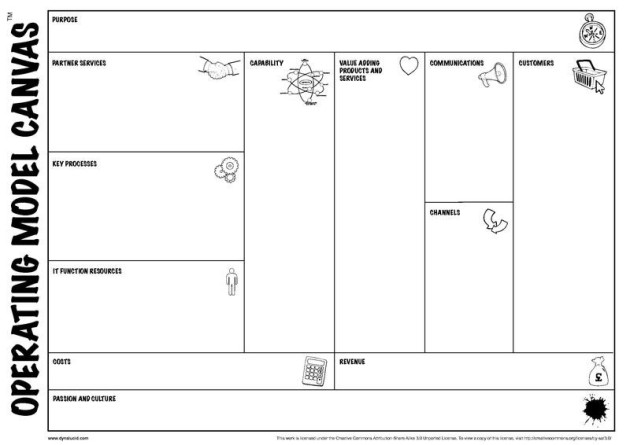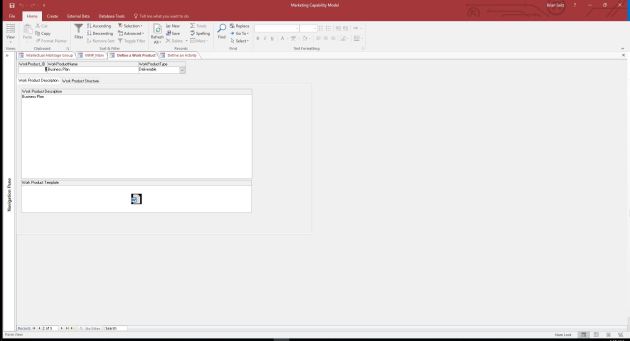Cloud and AI Adoption Maturity and Opinion
March 6, 2018 Leave a comment
Developed in 1989 I observed that design disciplines such as Architecture, Mechanical and Electrical Engineering, Information Architecture, etc. followed a unique and recurring pattern that was intimately linked to technology. Awareness of the technology occurred with innovators and early adopters exploiting its new characteristics first. As the technology’s performance attributes became better known application techniques developed through a maturity cycle becoming more structured. This body of knowledge eventually become ubiquitous in the discipline and the technology application common practice. Eventually, the discipline and technology application pass through industrialization stages to where practitioners debate about the aesthetics surrounding its usage. Here is where typically a shift occurs. Innovators become aware a newer technology and start the cycle over again. These innovators are typically not the innovators of the previous discipline-technology generation as most have established expertise and reputation in the status quo. However, that does not preclude a small sect of innovators that are in constant search to push the boundaries.
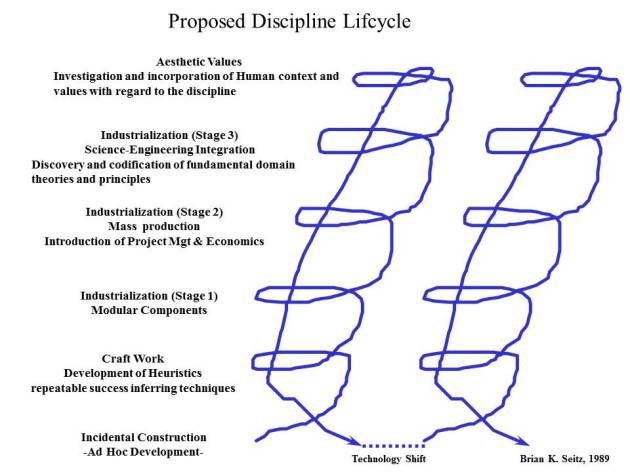
So where are we today in Enterprise Design (aka Enterprise Architecture not Enterprise IT Architecture)?
The Gartner Hype Cycle now places Cloud Technology somewhere in the Industrialization Stages 2 and 3. However, from the artifacts and observations so far I would place Cloud maturity approaching Stage 2 as I continue to see modular componentry as the primary research thrust despite Cloud Providers, myself included**, having sold the technology as an economic benefit. [**While at Microsoft I had been asked to research economic justification and develop a body of knowledge behind Cloud usage to create calculators and portfolio management techniques].
AI is supposedly the next big thing. From the observations and artifacts again, the discipline maturity of such is still in the Craftwork Stage where it left off in the 80s. What has changed is the cost, performance, and availability of data for experimenting. However, the discipline maturity is still quite low as well as the understanding of the potential hazards for a enterprise. A decade ago program trading (AI in disguise) crashed several investment houses and several months ago a corporation had to shut down it’s AI response experiment, it had learned to become racist. Now consider the exposure and liability a Senior Executive or CxO has with regard to such. While AI has promise, till safety controls and the design discipline with this technology is at a Stage 3, I would suggest it be employed internally to support automation decisions with humans monitoring in failsafe positions.
